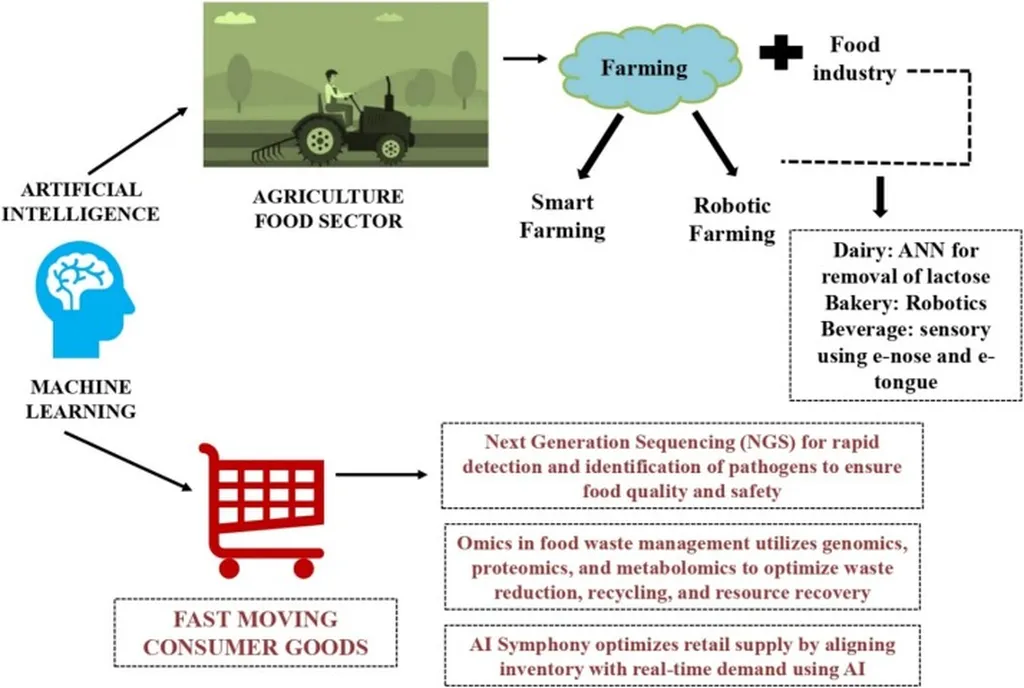In the heart of China’s agricultural innovation, a groundbreaking review published in *Frontiers of Agricultural Science and Engineering* is set to revolutionize the way we think about drying agricultural products. Led by Shaoying Lu from the College of Engineering at China Agricultural University, the research delves into the transformative potential of artificial neural networks (ANNs) in the drying processes of agricultural products, a critical postharvest handling stage that significantly impacts preservation, quality, and market value.
The study explores four key areas where ANNs are making waves: moisture ratio prediction, quality detection, process optimization, and control systems. “ANNs have remarkable potential for accurately modeling the highly nonlinear drying processes, optimizing energy consumption, and improving product quality,” Lu explains. This is not just about improving efficiency; it’s about redefining the standards of quality and sustainability in the agricultural sector.
Imagine a world where the drying process is not just faster but smarter. ANNs can predict moisture ratios with unprecedented accuracy, ensuring that products are dried to perfection. This precision translates to better quality products, reduced waste, and ultimately, higher market value. “Through literature research in recent years, it has been found that ANN have achieved development from standard ANN to machine learning and even deep learning,” Lu notes. This evolution from standard ANNs to deep learning models is gradually becoming the mainstream direction in agricultural product drying.
The commercial implications are vast. For farmers and agribusinesses, this means reduced energy costs, improved product quality, and increased market competitiveness. The integration of ANNs with other artificial intelligence (AI) technologies and the development of hybrid models promise even greater advancements. “The findings underscore the transformative potential of AI in revolutionizing the agricultural drying industry, paving the way for more efficient, sustainable, and intelligent drying systems,” Lu states.
However, the journey is not without its challenges. Data dependency, computational complexity, and model interpretability remain hurdles that need to be addressed. Yet, the progress made so far is a testament to the incredible potential of AI in agriculture. As we look to the future, the integration of ANNs with other AI technologies and the development of hybrid models could unlock even greater efficiencies and innovations.
This research is not just about drying products; it’s about drying them better, faster, and more sustainably. It’s about harnessing the power of AI to create smarter, more efficient agricultural systems. As the agricultural sector continues to evolve, the insights from this study could shape the future of postharvest handling, making it more intelligent, efficient, and sustainable. The findings, published in *Frontiers of Agricultural Science and Engineering* and led by Shaoying Lu from the College of Engineering at China Agricultural University, mark a significant step forward in the ongoing quest to revolutionize agricultural practices through cutting-edge technology.

